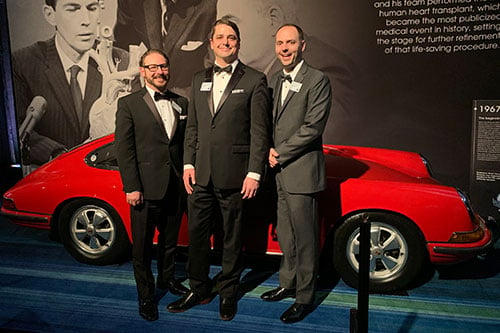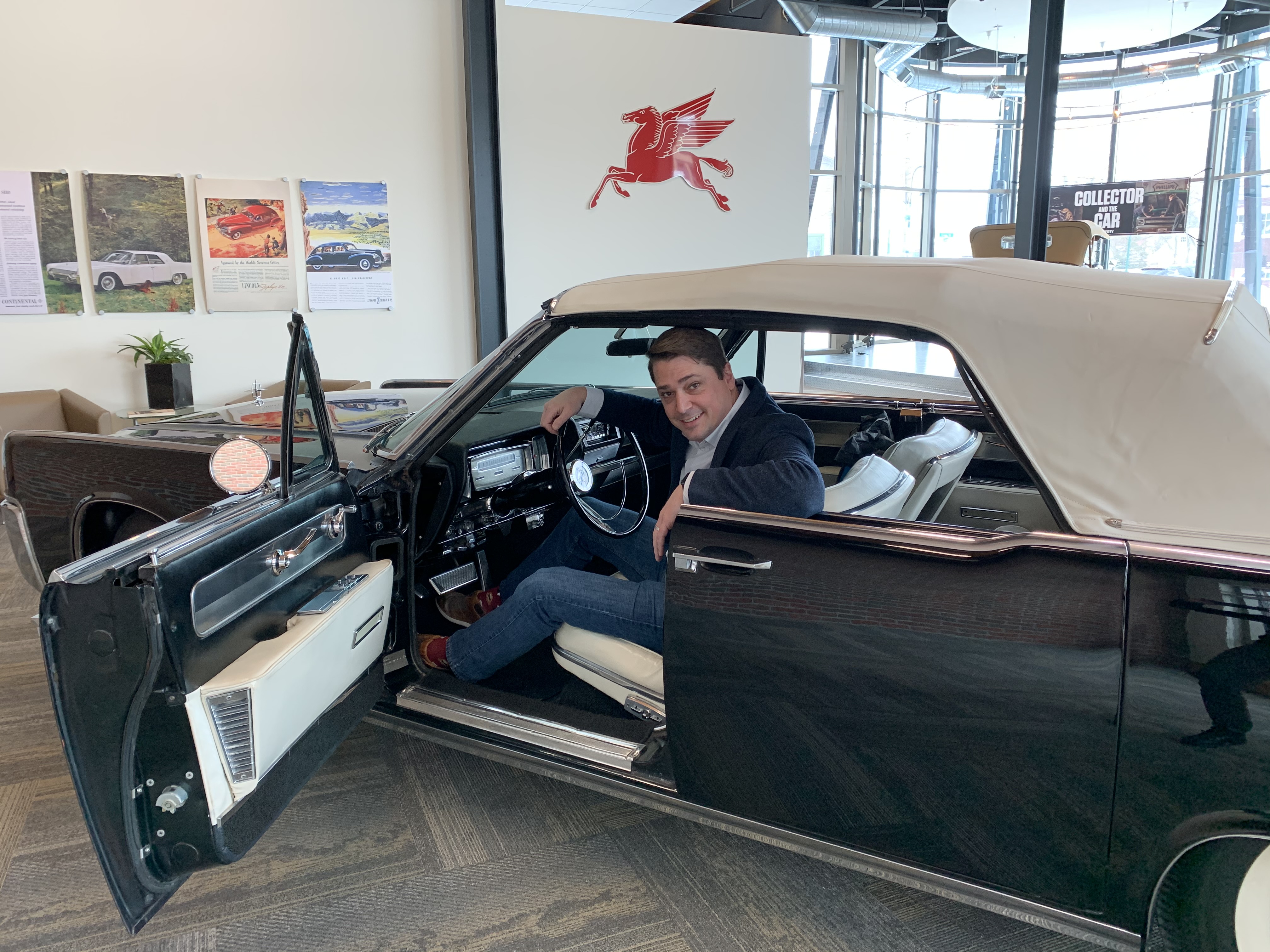

Herbie the Love Bug - the oil-squirting, door flapping, racing maestro - makes one thing adamantly clear through six cherished Disney flics: cars have soul.
The iconic 1963 Volkswagen Beetle, identified by his red, white and blue racing stripes and his racing-style number 53 on the front luggage compartment lid, is a classic case of prized vehicle restoration. Throughout the movie series, Herbie suffers multiple setbacks due to reliability problems, but in true Disney fashion his character always prevails, and his trusty owner and race driver, Jim Douglas, never loses faith.
It’s a strong bond that connects vehicle enthusiasts with their treasured wheels; some might even call it love. When such a sentimental connection is present, it’s vitally important for vehicle owners to purchase appropriate insurance coverage to protect their prized possessions – their Herbies, if you will.
This is where enthusiast automobile insurance comes into play. It’s different to standard automobile insurance in that it’s not tailored for daily usage, A to B driving. Enthusiast automobile insurance is meant for people with classic cars, collectables, or even modern hobbyist vehicles, who take occasional pleasure rides. For example, they might go on a weekend drive along the coast or they might attend and present at a classic car show. They’re not using these vehicles to get to work or to do the school run.
“There’s a lack of understanding and awareness in Canada about the difference between enthusiast automobile insurance and standard automobile insurance,” said James LaClair (pictured above, centre), vice president of Hagerty Canada – the MGA behind Canada’s leading classic and collector insurance program. “Once people understand the incentives and the value of enthusiast vehicle insurance, it’s usually a pretty easy conversation for insurance brokers. But awareness of the product is still very low. The vast majority of vehicles that would classify in this space in Canada are not with a classic car insurer, they’re still on a standard auto policy. And because of that, they’re losing out on many benefits.”
Read next: How to protect a James Bond-style ride
The first thing that draws people’s attention to enthusiast automobile insurance is the price. Oftentimes, it’s significantly cheaper – somewhere in the realm of half to a third of the cost of a standard auto policy. And with auto insurance premiums soaring countrywide, these cost savings are understandably attractive. Specialist insurance companies like Hagerty can offer attractive premiums for annual full-coverage policies because they understand the usage of enthusiast vehicles and they understand they’re a reduced risk.
Jonathan Klinger (pictured above, right), Hagerty’s VP of public relations, explained: “From a risk standpoint, there’s a lot of self-regulation that goes on. The owners inherently don’t want anything bad to happen to their vehicles. For example, they don’t want to take their vehicles out in bad winter weather. We don’t have to tell policyholders not to take their cars out on snowy roads; they don’t want to do that. Many won’t drive their cars until all the salt is off the road.”
Of course, despite this self-regulation and care, pleasure drivers are on the same roads as everybody else. They’re still at risk of distracted driving and are subject to other drivers’ behaviour on the roads. The enthusiast automobile insurance market has seen some very slight pricing changes in the last year, but nowhere near to the same degree as the standard market. Policy pricing still remains very attractive.

In addition to price, enthusiast automobile insurance also comes with some key benefits and layers of coverage beyond what is typically offered in standard auto policies. One such benefit is what Hagerty calls ‘agreed value coverage’. Policyholders can tell the firm the value of their vehicle, and once Hagerty has affirmed it’s a fair and accurate number, the insurer will guarantee that value will be paid in the event of a covered total loss. This is different to standard auto carriers, who might offer actual cash value or stated value coverage, which may depreciate the value of a vehicle in the event of a claim.
“There’s never any renegotiation or depreciation. If we wrote the policy six weeks ago, or six years ago, for $150,000, that’s exactly what the policyholder is going to get a check for in the event of a total loss,” LaClair told Insurance Business. “It gives them that additional peace of mind that they know exactly where they stand. They’re never going to be in a situation where they’re wondering: ‘Oh gosh, I wonder what happens next.’
“The total loss aspect of the coverage is great because it gives people peace of mind, but what happens far more frequently is less than a total loss. Again, this is where it’s beneficial to work with a specialist insurance provider because policyholders can interact with people who speak their language. At Hagerty, we know what it means to shave door handles, or paint flames on cars, or whatever crazy thing they’ve come up with. We understand that there’s additional cost and effort needed to make that vehicle whole again.”
In the past year, Hagerty Canada has introduced a new cherished salvage coverage endorsement. This optional coverage allows people to keep their prized vehicles in the event of a total loss. Some purchase this because of the sentimental value they have in the vehicle. Others see it as a positive monetary proposition because they know the salvage is going to be worse than the payout. There are so many benefits of vehicle enthusiasts purchasing a special collectors or classic car policy. Over the next few years, building awareness around that fact is going to be Hagerty Canada’s key priority.
